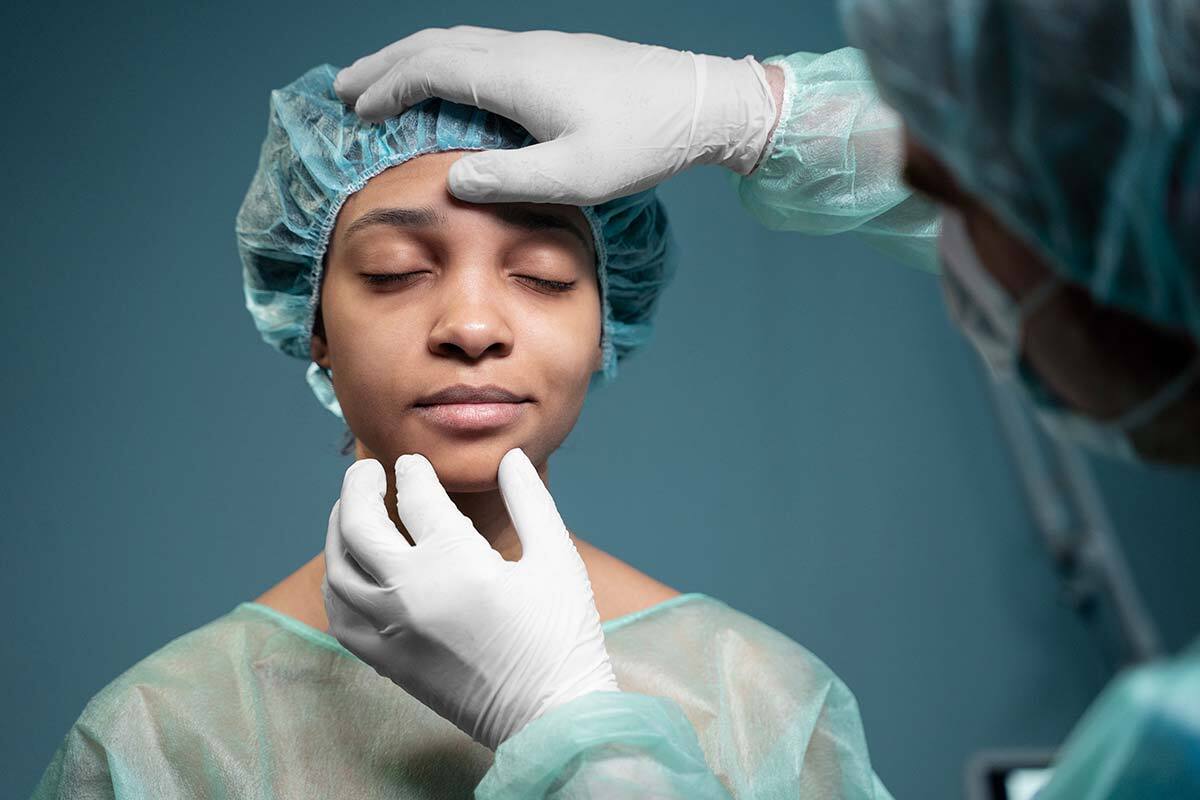Balloon sinuplasty is a procedure that involves inserting a balloon into the sinus cavity. The balloon exerts tremendous pressure in the natural opening of the sinuses, increasing the space within the sinus cavity opening to help improve ventilation and drainage of the sinus. This procedure can greatly improve quality of life in those with chronic sinusitis. Here are some frequently asked questions about this procedure.
Is a Balloon Sinuplasty the Same Thing as Sinus Surgery?
It is a common misconception that a balloon sinuplasty is the same as sinus surgery, but the two are different from each other. Balloon sinuplasty is not a surgical procedure. No cutting is involved. A balloon apparatus inflates to make more space within the sinus cavity opening, and the sinuses heal permanently opened. Sinus surgery, on the other hand, involves the cutting of bone or tissue in order to create more sinus drainage.
What’s more, with sinus surgery, general anesthesia may be necessary, while with balloon sinuplasty, only local anesthesia is needed. Recovery time is also shorter with a balloon sinuplasty. Which procedure is right for you, however, depends on the severity of your case.
What Conditions Does Balloon Sinuplasty Treat?
This procedure is most effective for chronic sinusitis (chronic sinus infections) and can help alleviate accompanying symptoms like congestion and sinus headaches.
Can I Sneeze after a Balloon Sinuplasty?
Yes, sneezing is fine after a balloon sinuplasty. In fact, trying to hold in a sneeze can be more damaging than letting it happen.
Can I Blow My Nose after a Balloon Sinuplasty?
For the first day or so following your procedure, you should avoid blowing your nose. If needed, dab your nose gently with tissue. Avoid vigorous nose-blowing for the first week or so.
When Can I Go Back to Exercising after a Balloon Sinuplasty?
As with any procedure, your body will need some time to focus on healing, so you’ll want to avoid any exercise for the first few days and strenuous exercise for a week or so following your balloon sinuplasty. The idea is to avoid any increased blood flow to the sinus area as it can interfere with the healing process.
Will My Breathing Improve Right after My Procedure?
Some people may experience immediate relief, but for most, it takes a little while for the tissues inside the sinuses to heal from the procedure. And in a small number of patients, congestion may be temporarily worse after the procedure. That’s nothing to be concerned about though; it is just the body healing. In the days and weeks following the procedure, breathing will improve.
If you’re wondering if a balloon sinuplasty procedure is right for you, call our Bakersfield office to schedule a consultation with Dr. Edmund Fisher. With extensive experience working with patients with sinus issues, Dr. Fisher can help determine the cause of your issues and determine if a balloon sinuplasty can help.




